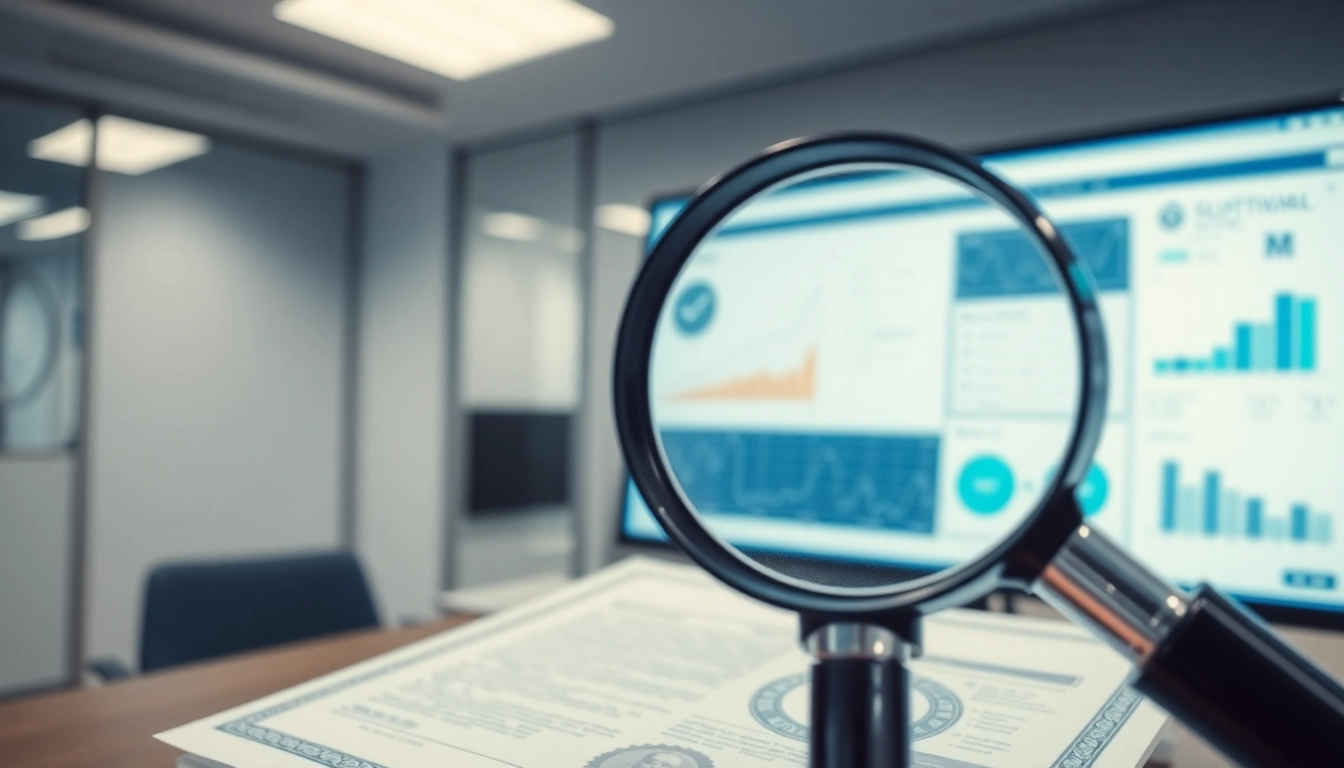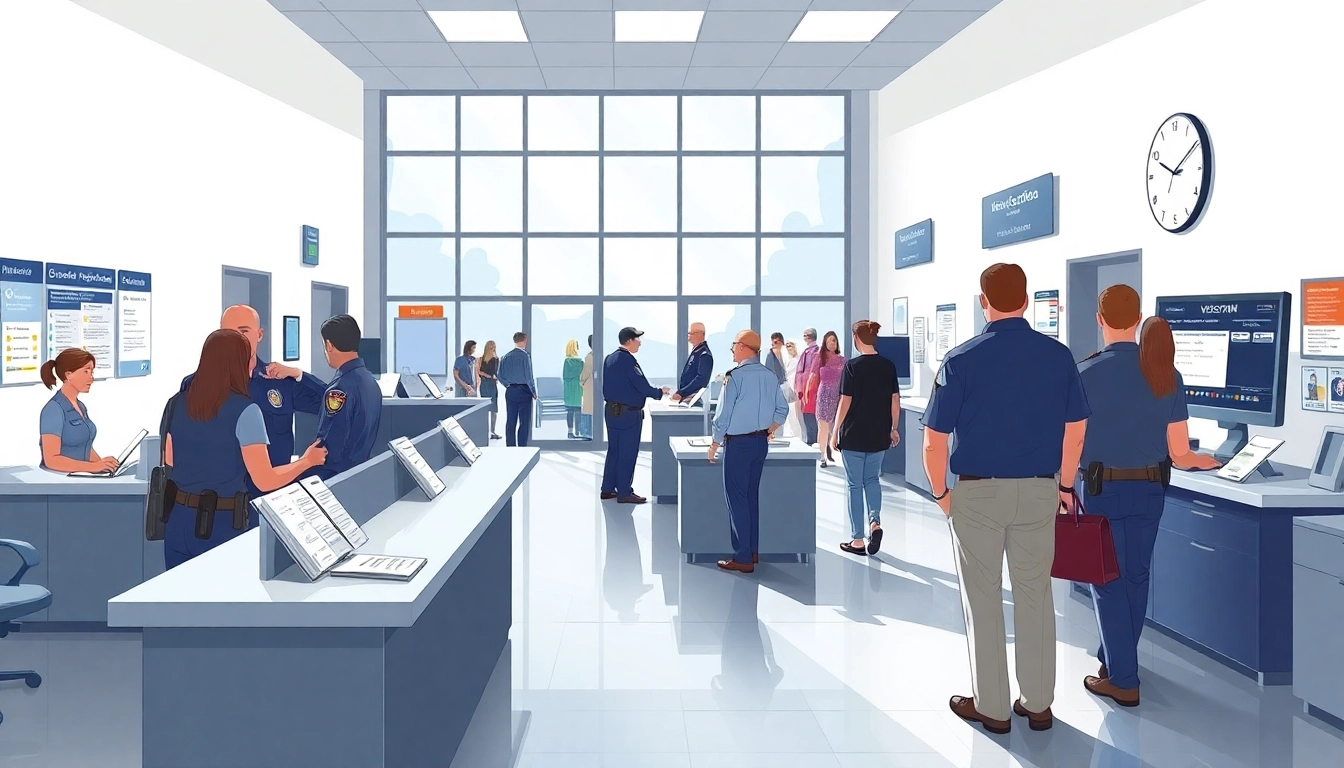Understanding Document Authenticity
In an age where digital transmissions and online forms of documentation are ubiquitous, determining the authenticity of any document has become critical. Fraudulent documents can cause significant harm, financially and legally, to individuals and organizations alike. Therefore, knowing How do I know this document is real is essential for anyone dealing with important submissions, applications, or transactions.
What Constitutes a Real Document?
A real document typically adheres to specific characteristics that distinguish it from forgeries. Authentic documents, whether physical or digital, are generally issued by recognized authorities and contain unique identifiers. These may include watermarks, seals, or certified signatures. Additionally, they should exhibit high-quality printing and materials that contribute to their legitimacy. A document’s context plays a significant role in establishing its authenticity; for instance, an academic transcript must be accompanied by verified grades and institutional logos to be deemed official.
Common Types of Document Forgery
Document forgery can take many forms, each more sophisticated than the last. The most common types include:
- Counterfeiting: This involves creating a replica of a document, such as currency or identification papers, with the intent to deceive.
- Alteration: Modifying an already authentic document by changing details like date, amount, or name to suit fraudulent needs.
- Fake Certificates: Issuing false qualifications, such as diplomas or licenses that appear to be legitimate.
- Identity Theft: Acquiring someone else’s legitimate documents to impersonate them.
Key Indicators of Authentic Documents
Identifying the authenticity of documents requires attention to specific details. Key indicators include:
- Physical Characteristics: Authentic documents often feature an embossed seal, intaglio printing, and specific paper textures that are hard to replicate.
- Digital Signatures: In the case of electronic documents, a valid digital signature encrypted within the document adds a layer of security.
- Metadata: For digital documents, checking the metadata such as creation date and last modification can reveal inconsistencies indicative of forgery.
- Consistency and Professionalism: Genuine documents should possess a consistent layout, formatting, and language. Typos and unusual phrases may signal inauthenticity.
Methods to Verify Document Authenticity
There are various ways to verify the authenticity of documents. While some methods involve manual inspection, others leverage technology and specialized tools. Below are detailed approaches:
Manual Inspection Techniques
Manual inspections can unveil critical signs of authenticity. Here are some techniques to consider:
- Physical Examination: Feel the texture of the paper and inspect for watermarks. Genuine documents often have distinct and complex watermarks embedded into the material.
- Visual Inspection: Use a magnifying glass to look for printing quality. Look closely at details such as font consistency and alignment.
- Cross-Referencing: Verify the information provided in the document against other reliable sources (e.g., official websites or direct communications).
Digital Verification Tools
With the rise of technology, many tools and software are developed for digital document verification:
- PDF Verification Software: Tools like VerifyPDF can rapidly identify fraudulent PDFs by analyzing inherent document features.
- Optical Character Recognition (OCR): Software that analyzes the text within scanned documents can highlight inconsistencies and discrepancies.
- Blockchain Technology: Some modern documentation systems utilize blockchain to create tamper-proof records. When documents are entered into a blockchain, alterations become nearly impossible.
Using Specialized Software for Document Checks
Investing in specialized software can provide robust validation for various document types:
- Electronic Signatures Verification Tools: These tools check if the document’s digital signatures are valid across different platforms.
- Fraud Detection Software: Solutions designed to detect fake documents by analyzing patterns indicative of forgery.
- Online Verification Services: Various online platforms offer services to verify documents in real-time, providing peace of mind for essential transactions.
Legal Implications of Fake Documents
Understanding the legal landscape regarding document authenticity is vital, especially as digital transactions become more prevalent. The implications of using fake documents can be severe.
Consequences for Forgers
The consequences of forging documents can vary from fines to imprisonment, depending on the type of document and the intent behind its use. For instance, forging government identification can lead to severe legal repercussions, including felony charges.
Legal Guidelines for Document Authentication
Legal frameworks exist to combat document forgery and protect individuals and organizations. These guidelines may dictate methods for authentication, necessitating that certain processes be followed when verifying documents within legal contexts. Familiarizing oneself with these guidelines can be crucial for compliance, especially in industries like finance or law.
How Courts Handle Document Fraud
Court approaches to document fraud typically involve expert witnesses and forensic analysis of documents. Courts may require proof that the document in question is indeed a forgery, resulting in a trial that can impact involved parties significantly. Legal teams often rely on professionals specializing in handwriting analysis and printing techniques to testify.
Best Practices for Document Verification
Employing best practices in document verification can significantly reduce the risk of fraud. Here are key strategies:
Establishing a Verification Protocol
Organizations should develop a clear verification protocol tailored to their specific needs. This protocol should detail each step in the document verification process, incorporating both manual checks and digital tools.
When to Seek Professional Help?
Sometimes, the complexity of the document necessitates professional intervention. If there’s any doubt about a document’s authenticity, organizations should consider hiring experts who specialize in document verification. For example, legal or financial documents often require rigorous validation due to their sensitive nature.
Training Staff on Document Verification
Providing training for employees on the latest document verification techniques helps create a knowledgeable workforce. Regularly updating this training ensures that staff stays aware of evolving forgery methods and tools available for counteraction.
Future Trends in Document Verification
The field of document verification is continually evolving, influenced heavily by advancements in technology and increasing risks of fraud. Here are trends to watch:
Advancements in AI for Document Checks
Artificial intelligence is playing a pivotal role in enhancing document verification processes. AI algorithms can analyze documents for unusual patterns and highlight potential signs of forgery much faster than human inspectors. This evolution might lead to automated systems capable of conducting thorough checks efficiently.
The Role of Blockchain in Document Security
Blockchain technology enhances document security by ensuring that once a document is certified, its authenticity remains tamper-proof. Future documentation may utilize decentralized platforms that guarantee the integrity of its content, reducing the likelihood of alterations.
Emerging Technologies and Their Impact
As technology advances, new methods of verification are emerging. Innovations like biometric verification (e.g., fingerprint or facial recognition) can be incorporated into document validation processes to provide an extra layer of security. These technologies may one day become standard practice in sensitive fields, representing the future direction of document verification strategies.



